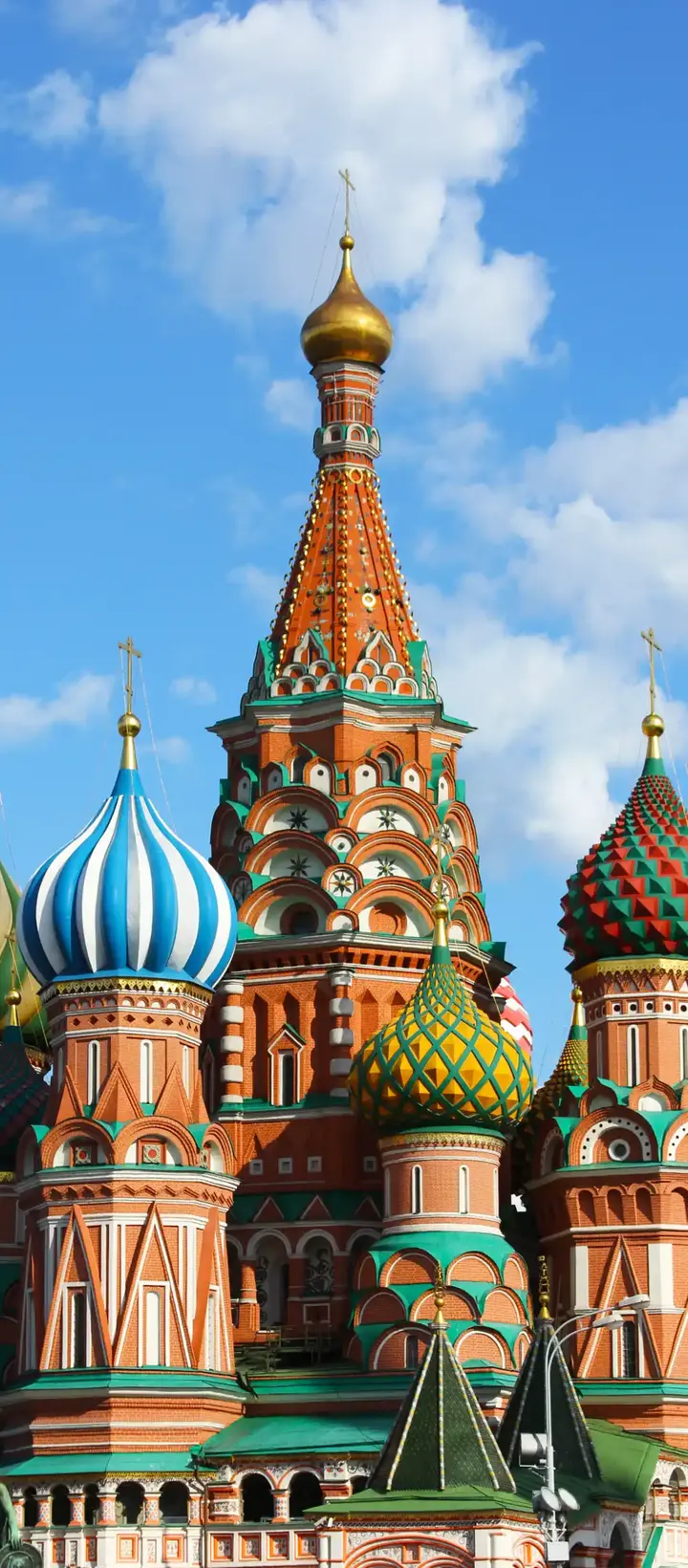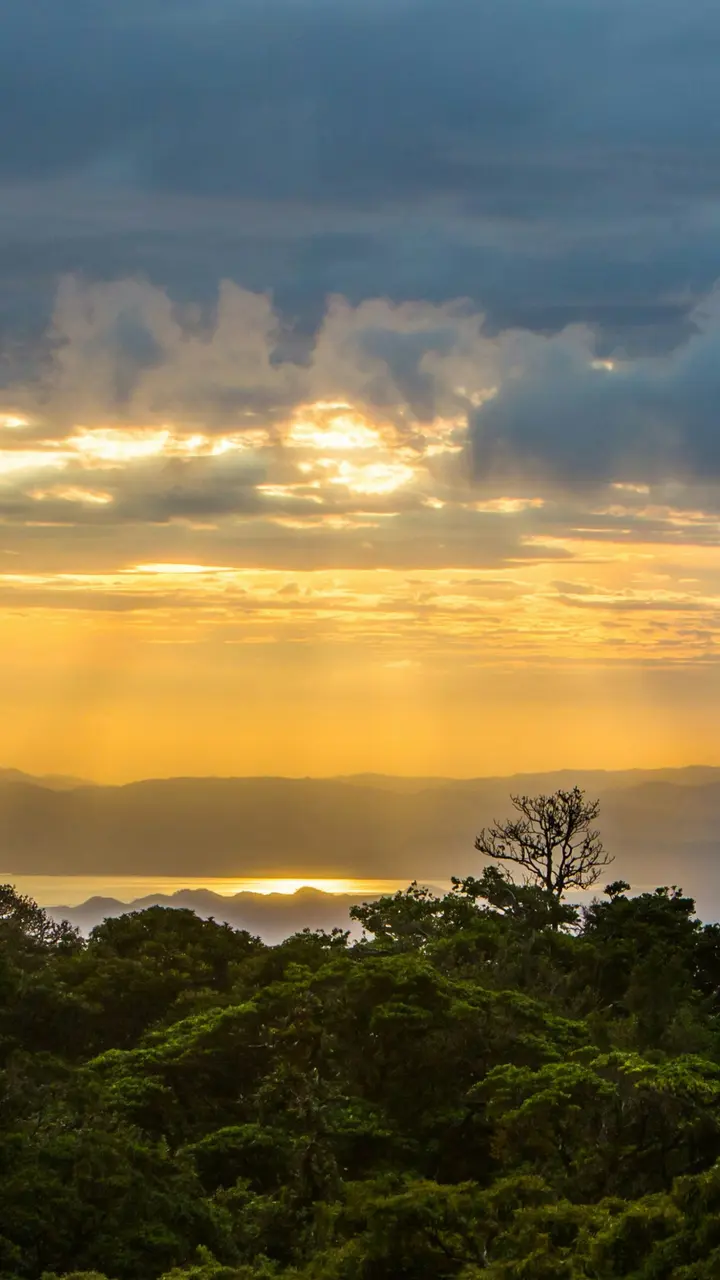عيش الناس آنذاك وتفاعلهم مع ثقافات متعددة، ولذلك أدرجتها اليونسكو على قائمة التراث العالمي.
العمارة في البتراء مذهلة؛ إذ نحتوا المعابد والبيوت في الجبال الوردية بمهارة عالية تُظهر ذكاءهم. اعتمدوا أساليب دقيقة في نحت الأعمدة والكتابات والزخارف، فامتلأت المدينة الحجرية بزينة بارزة في كل جزء منها.
تضم المدينة معالم شهيرة مثل «الخزنة» التي نقشوا واجهتها داخل الجبل، والمدرج الروماني الذي أقاموا فيه الاحتفالات، و«قصر الدير» العالي. وتنتشر معابد وأضرحة أخرى مثل «قصر الجنائز» و«قصر العرس» توثّق تطور فنهم المعماري.
أثّرت حضارة النبطيين على شكل البتراء وبناها؛ فوظّفوا خبرتهم في حفر الجبال ورفع المعابد. تظهر كتاباتهم ومنحوتاتهم في كل مكان، تحمل رموزاً دينية وتعبيرات فنية خاصة بالمدينة الأثرية.
يتجلى جمال البتراء في طبيعتها أيضاً؛ من الجبال الحمراء الشاهقة إلى الأودية العميقة المزهوة بالنباتات البرية. تتيح المسارات داخل المدينة جولة تأملية وسط صخور وتشكيلات نادرة تستهوي محبي الطبيعة والتاريخ.
توفر زيارة البتراء مزيجاً من استكشاف الآثار والمغامرة؛ يركب الزائر الجمال أو يتسلق الجبال ويمشي في الممرات الحجرية. تُضفي المطاعم المحلية أجواء ترحيبية، فتبقى التجربة عالقة في الذاكرة لمن يهوى السياحة الثقافية والطبيعية.
تجسّد البتراء خلاصة التاريخ والإبداع الإنساني، وتُعد رمزاً لحضارة النبطيين وفنهم. إنها جوهرة الأردن ومعلم جذب أساسي لكل من يبتغي رحلة إلى قلب التاريخ والطبيعة.


